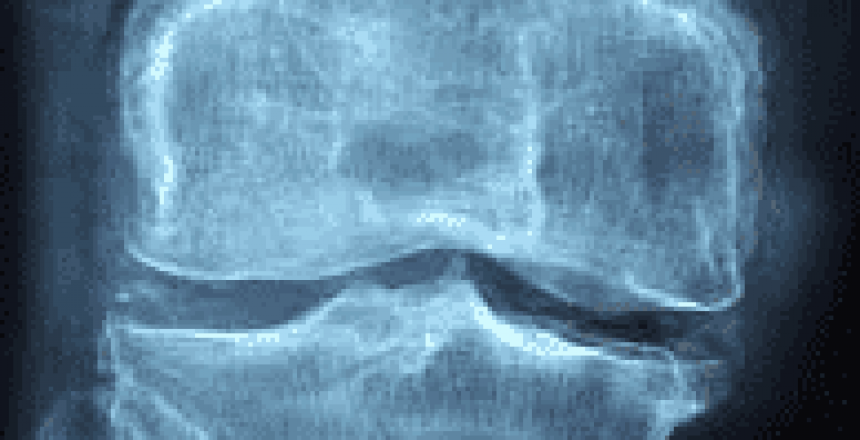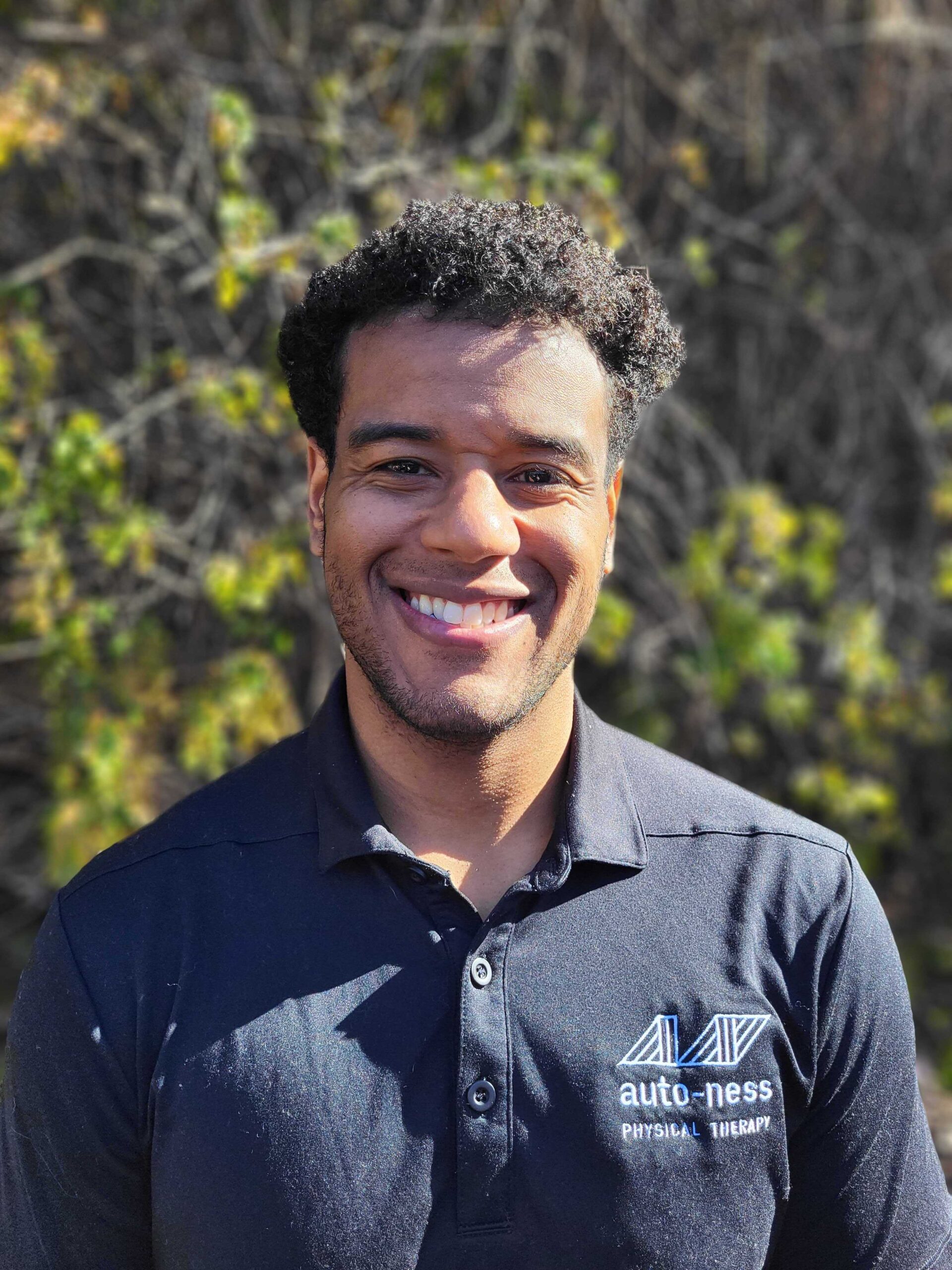Note, this blog is for informational purposes only and should not be taken as medical advice. Everyone’s body is different, and you should be evaluated by your local Physical Therapist or Medical Doctor before adhering to this advice.
Osteoarthritis (OA) is a chronic condition that commonly affects the hip and knee joints, causing significant pain and disability in affected individuals.1.
OA can affect any joint in the body; however, as the graphic below indicates, the fingers, neck, low back, hip, and knees are most typically affected.

What is Osteoarthritis?
In a joint that is not affected by OA, the joint’s hyaline cartilage covers most of your bones.2 The purpose of hyaline cartilage is to provide a nice smooth surface for fluid joint motion.
In OA, the cartilage breaks down, which can cause pain and stiffness. If not addressed, the bone may break down and develop uneven surfaces called “spurring”.

The breakdown causes more pain and creates what I called a “pain cycle.” The pain cycle is seen when your pain causes the muscles to tense up and cause more compression, causing more pain.
Osteoarthritis is not a life sentence
Did you know that you likely have Arthritis in many other joints in your body that ARE entirely pain-free? Yes, you heard me right. The problem is not the “wear and tear” on your joints; the problem could be how you move that is causing increased load into your joints, which causes pain!
Physical Therapists are key providers of conservative management for most OA conditions. We will never be able to change the actual Arthritis, but we can help significantly increase your function and reduce the pain that comes with wearing the bones.
Dispelling a considerable myth right now: “but Dr. Perry, squatting is bad for my knees…Right?”
In short, no. In long, also no…
First and foremost, We Were Built to Squat.
For as long as we have been human, we have been squatting. Our hunter and gatherer ancestors all spent hours and hours crouching in a squat position. All of our tissues are susceptible to changes, however concerns about degenerative changes like osteoarthritis in deep squats are not backed by research.6
You need to squat based on your functional requirements, but when in doubt, move through an entire range.
Tips!
- Try not to be fearful of cracks and creaks; instead, listen to your body for pain. If your pain gets better after a few repetitions of work, keep going!
- Moderate your exercise, but do not rest completely! Remember, motion is lotion.
- Again, there is very little, if any, research that suggests that squatting as a weightlifting activity is bad for your knees!!!!!!
- Walking/running is not destroying your knees; many articles demonstrate that runners have knees that are more healthy than sedentary individuals!! 3 4
- Working through a full range of motion allows for strength adaptations to occur at every angle the joint moves through, which may reduce injury potential in those ranges. In addition, utilizing full range of motion maintains flexibility for joint integrity.5
References
1. Teo PL, Hinman RS, Egerton T, Dziedzic KS, Bennell KL. Identifying and Prioritizing Clinical Guideline Recommendations Most Relevant to Physical Therapy Practice for Hip and/or Knee Osteoarthritis. J Orthop Sports Phys Ther. 2019;49(7):501-512. doi:10.2519/jospt.2019.8676
2. Osteoarthritis. Physiopedia. Accessed January 1, 2020. https://www.physio-pedia.com/Osteoarthritis
3. Ponzio DY, Syed UAM, Purcell K, et al. Low Prevalence of Hip and Knee Arthritis in Active Marathon Runners. J Bone Joint Surg Am. 2018;100(2):131-137. doi:10.2106/JBJS.16.01071
4. Can marathon running improve knee damage of middle-aged adults? A prospective cohort study | BMJ Open Sport & Exercise Medicine. Accessed January 5, 2020. https://bmjopensem.bmj.com/content/5/1/e000586
5. Cotter JA, Chaudhari AM, Jamison ST, Devor ST. Knee Joint Kinetics in Relation to Commonly Prescribed Squat Loads and Depths: Journal of Strength and Conditioning Research. 2013;27(7):1765-1774. doi:10.1519/JSC.0b013e3182773319
6. Hartmann H, Wirth K, Klusemann M. Analysis of the load on the knee joint and vertebral column with changes in squatting depth and weight load. Sports Med. 2013;43(10):993-1008. doi:10.1007/s40279-013-0073-6


